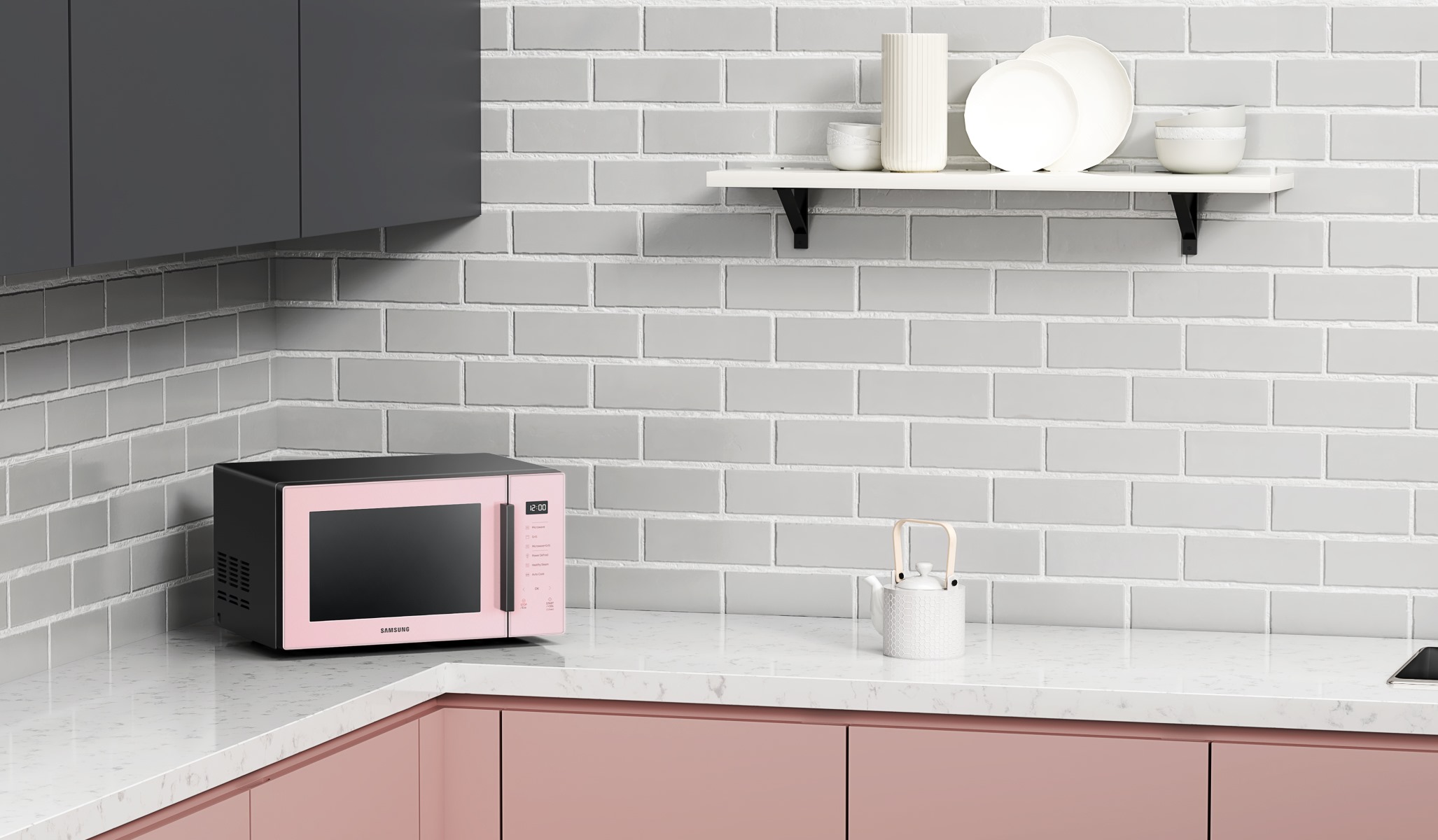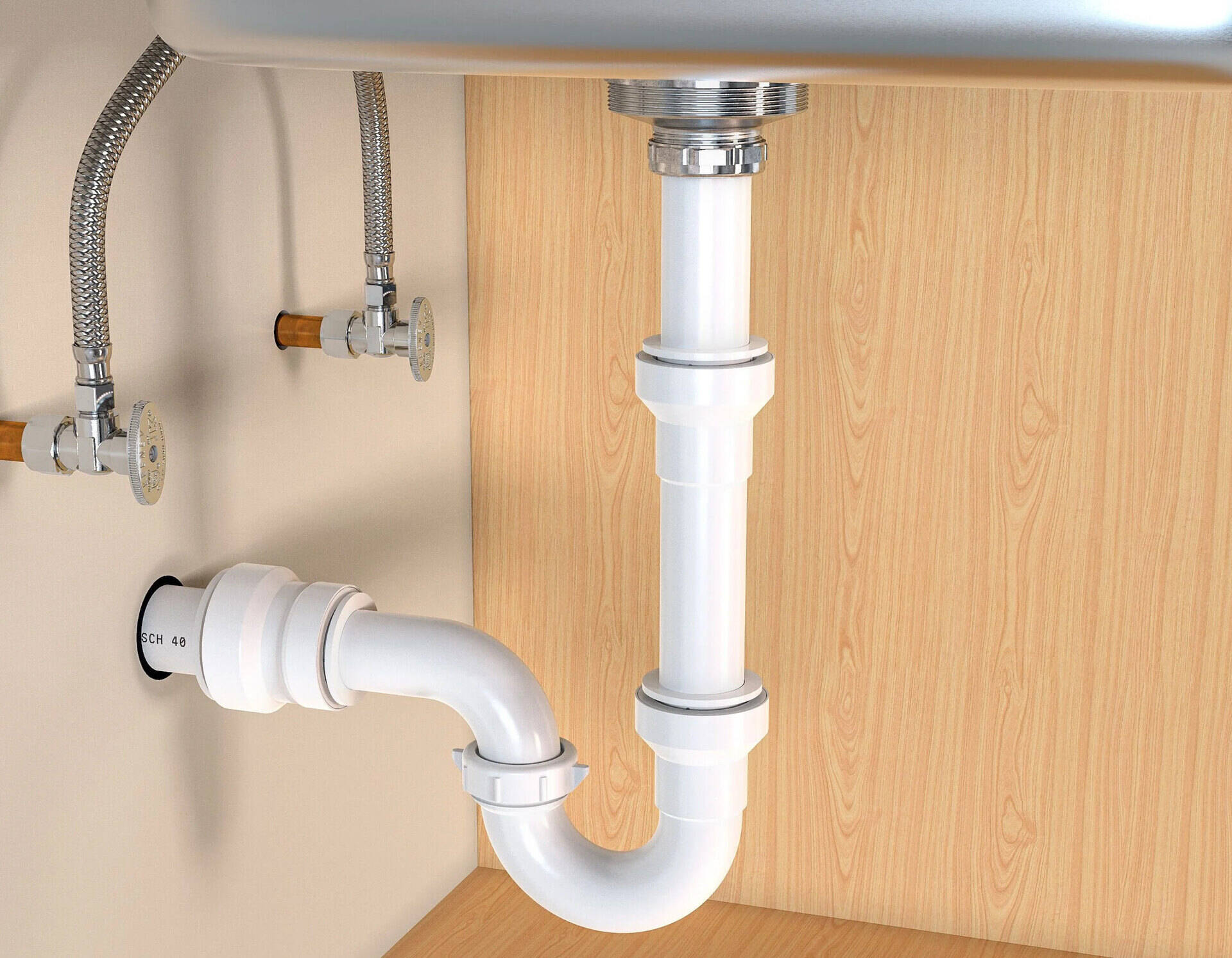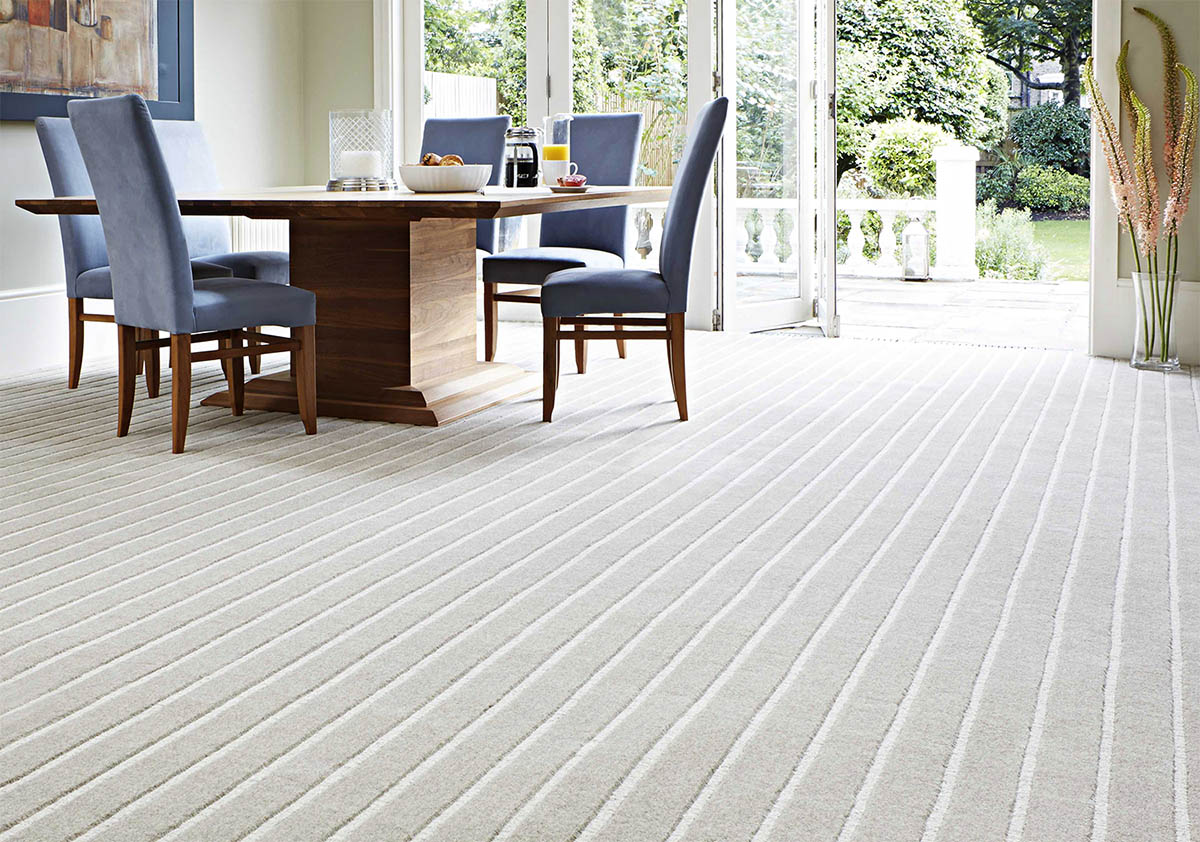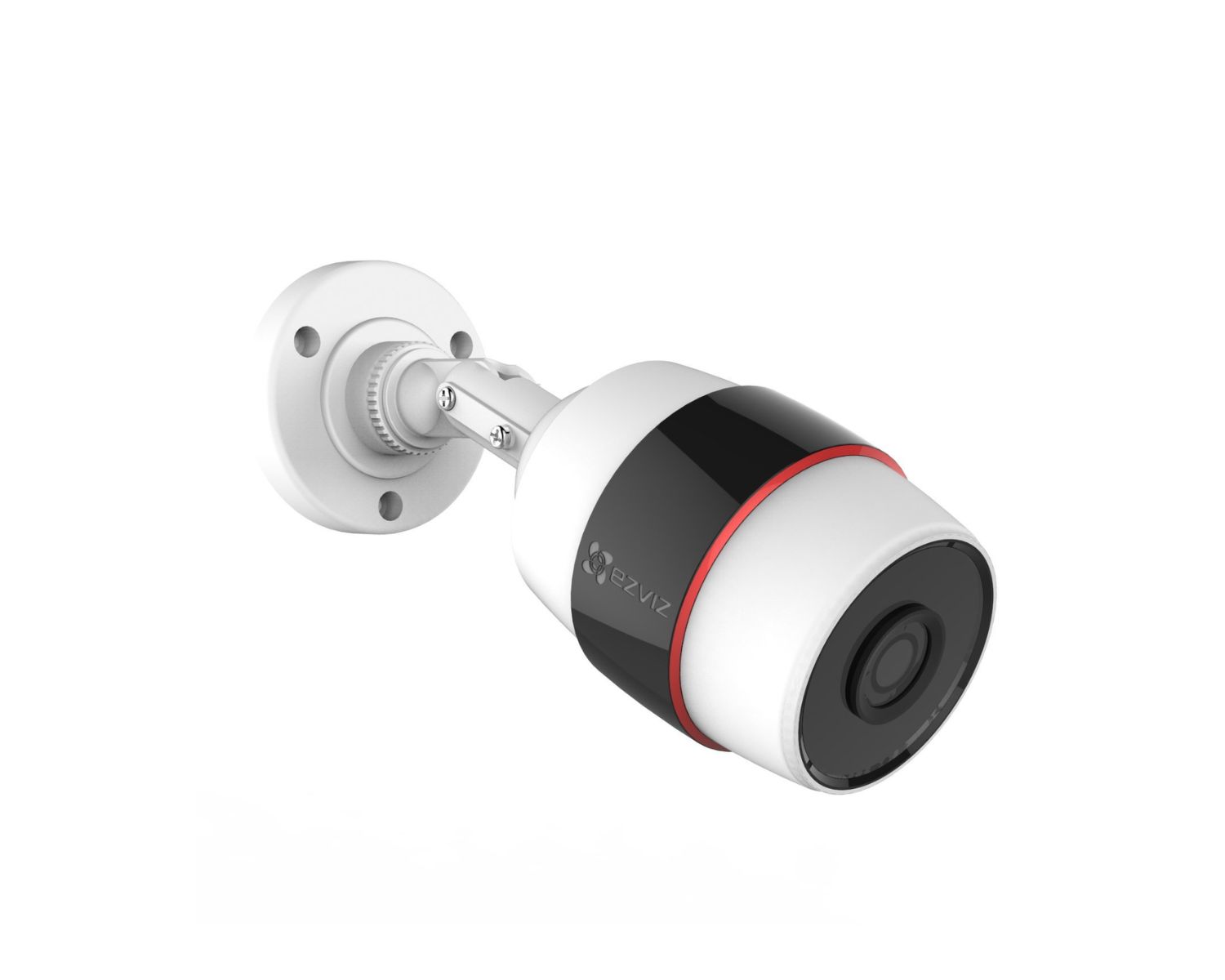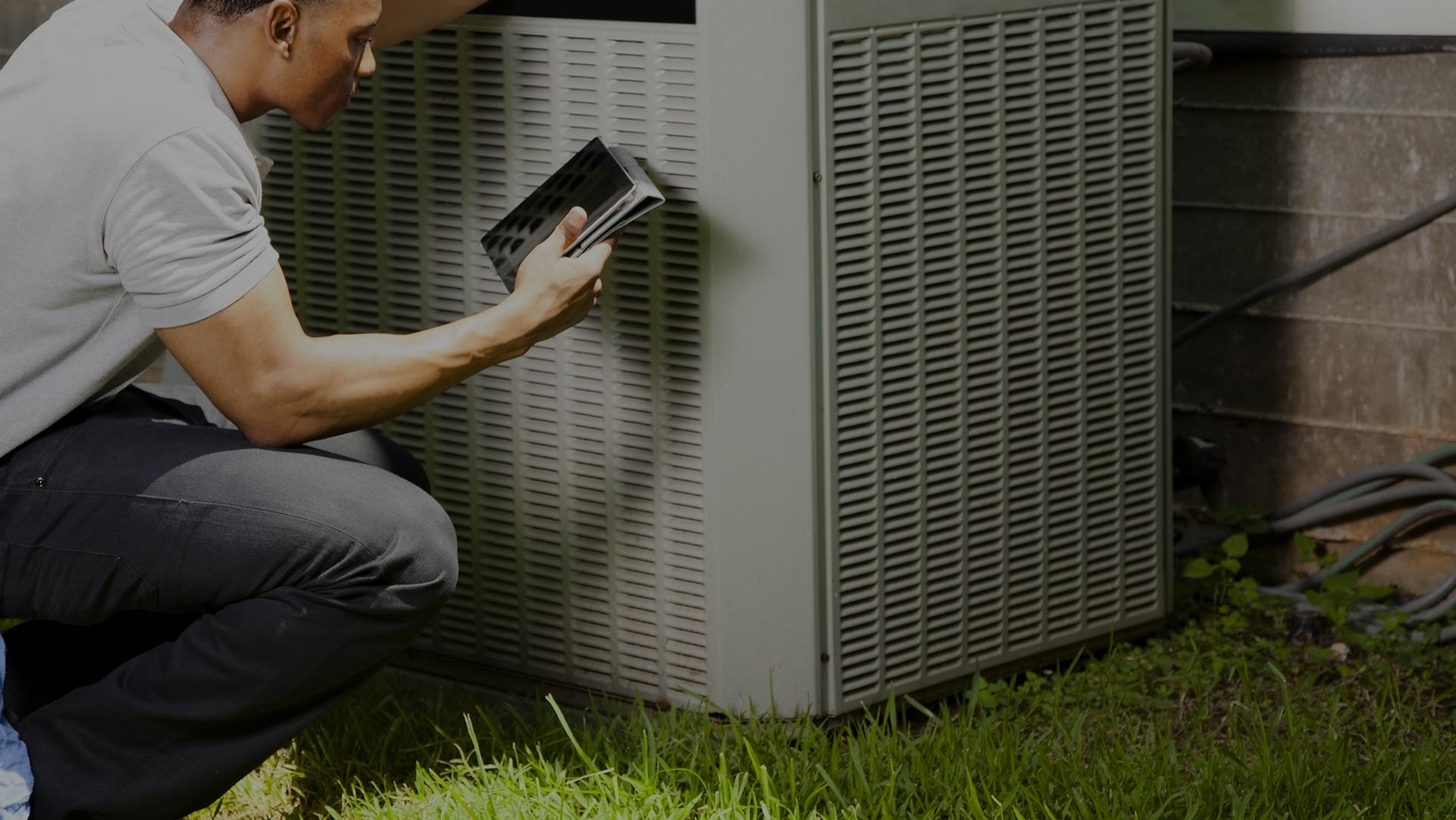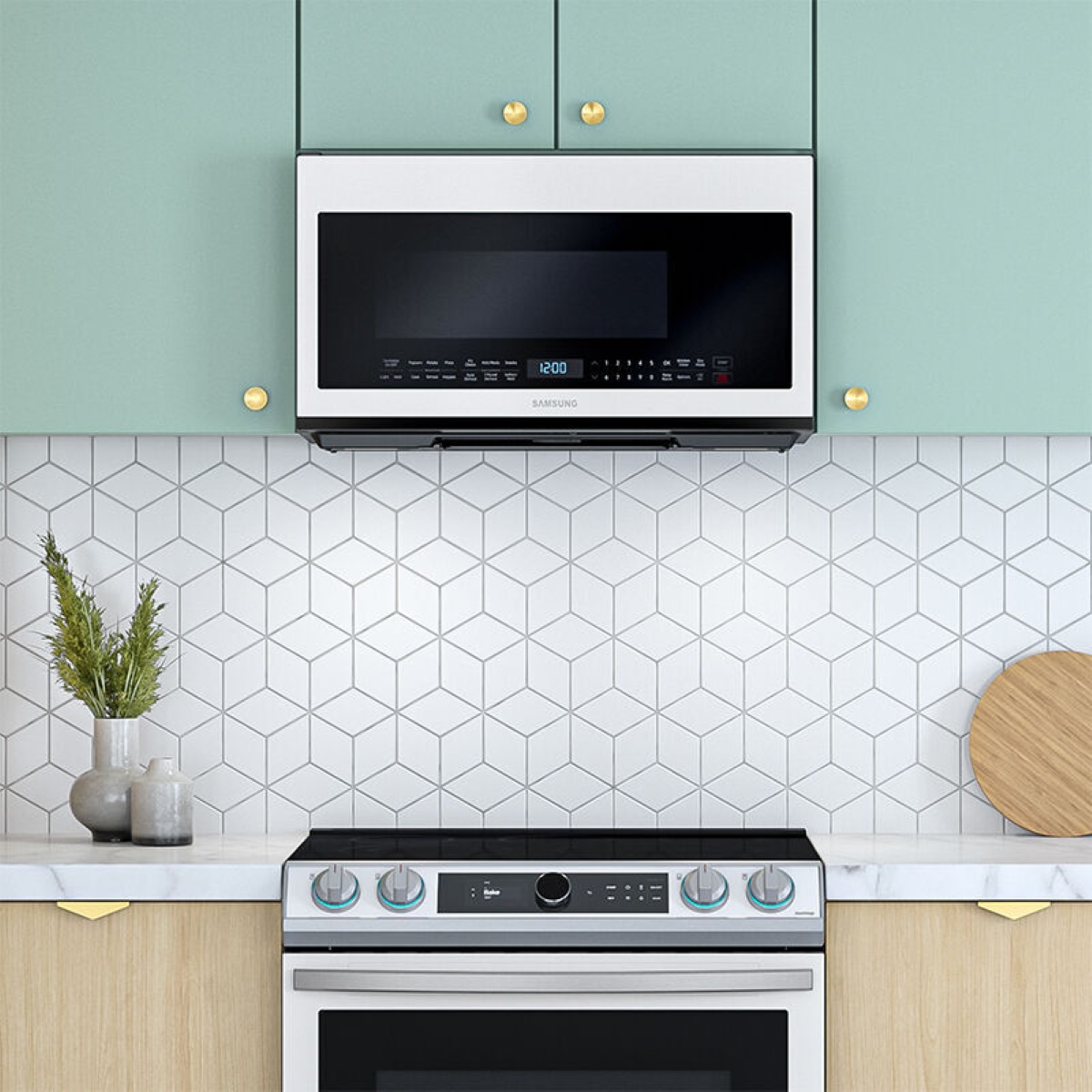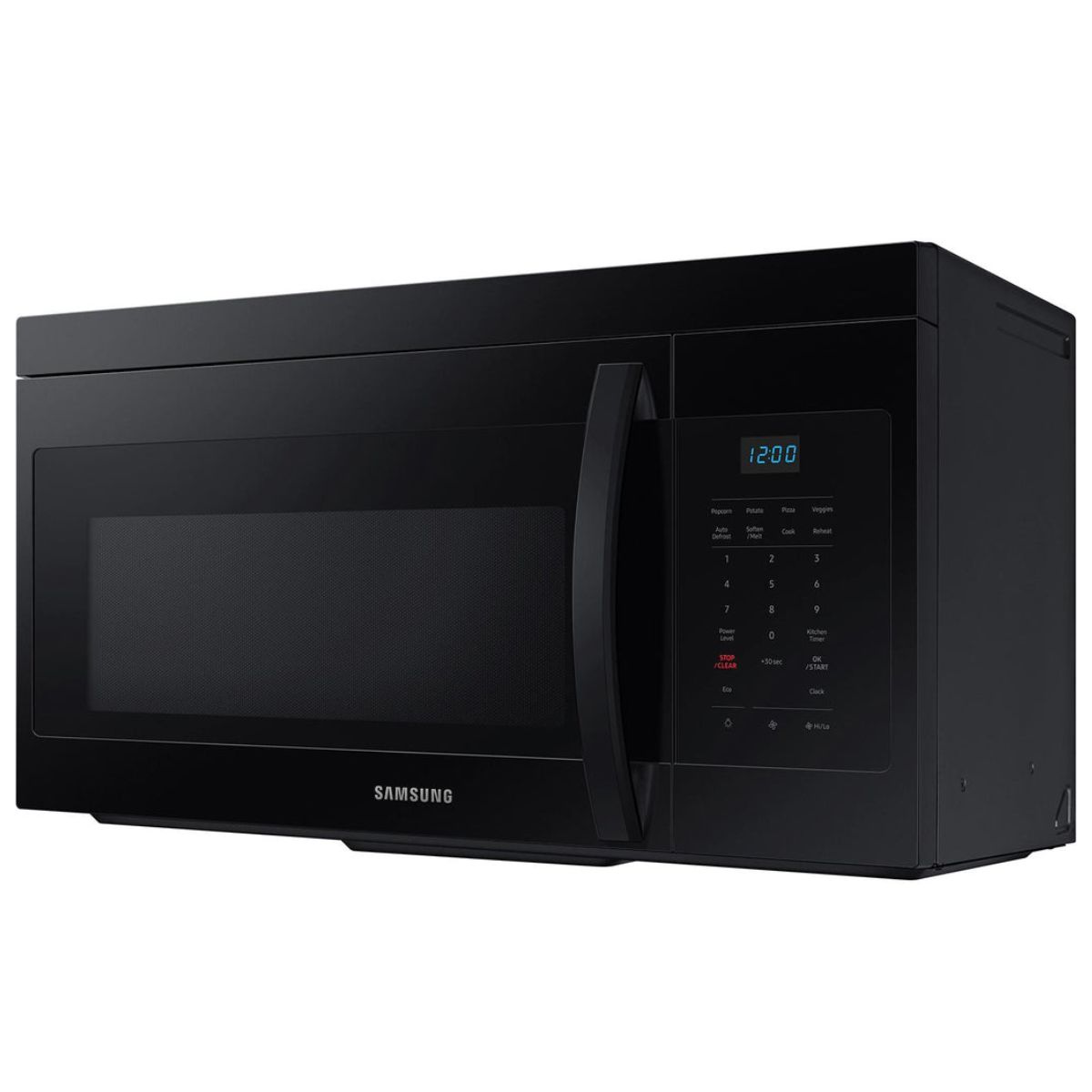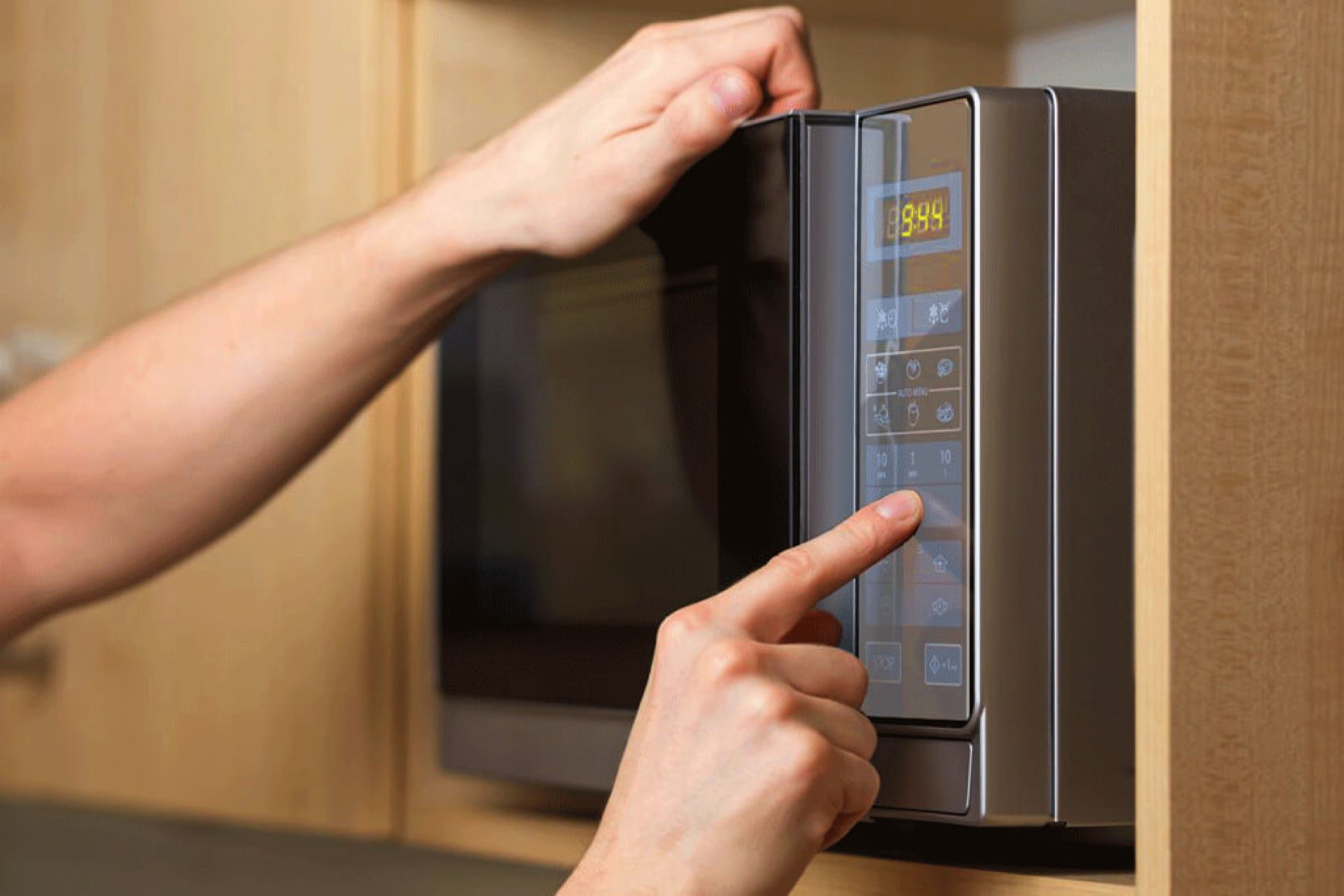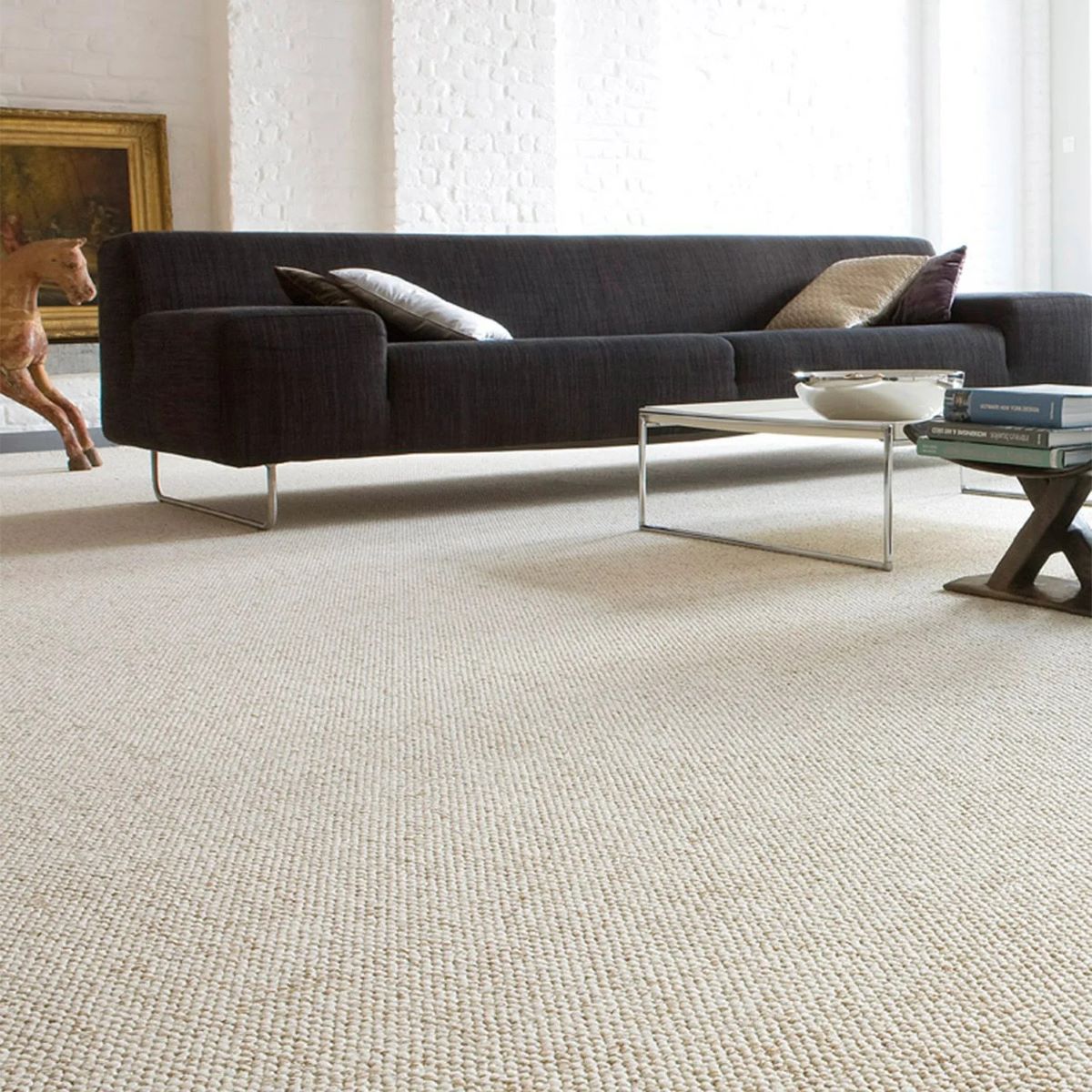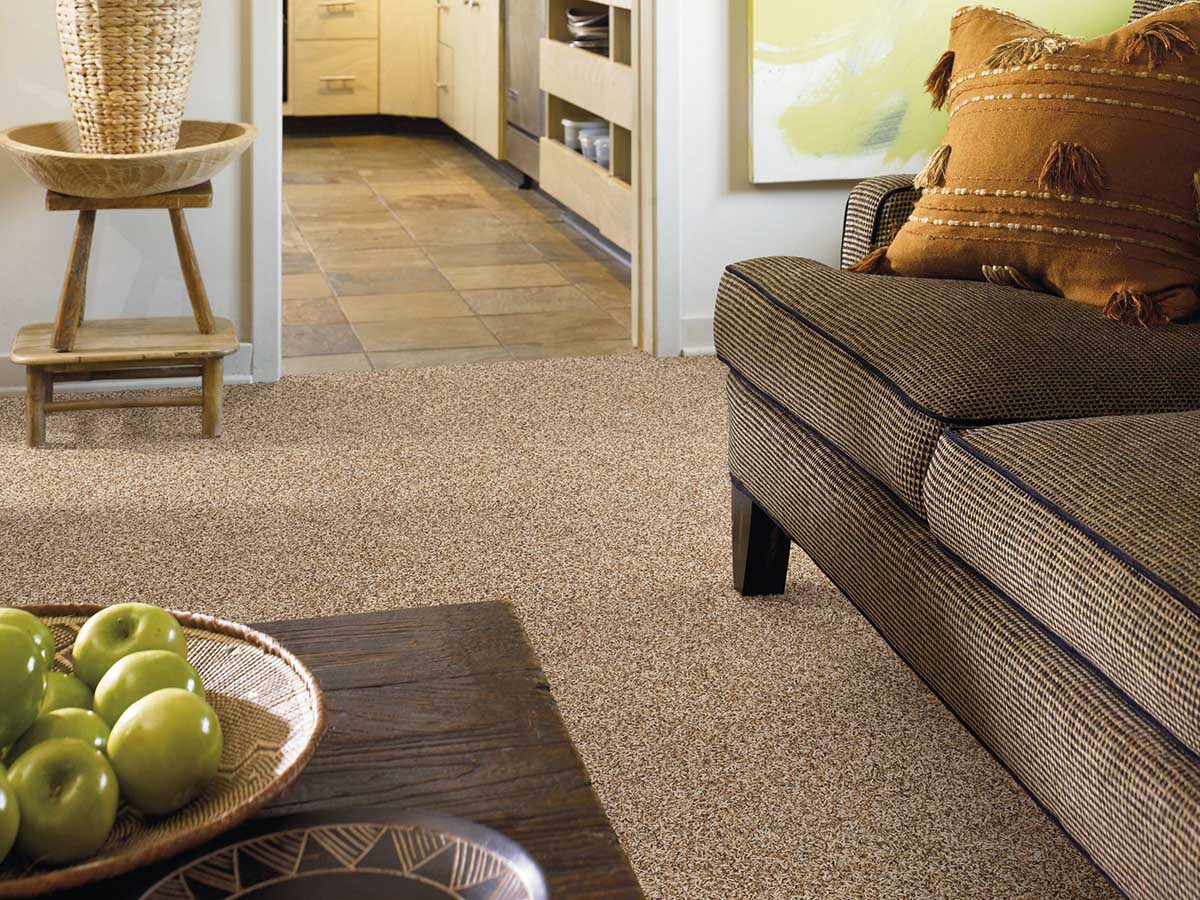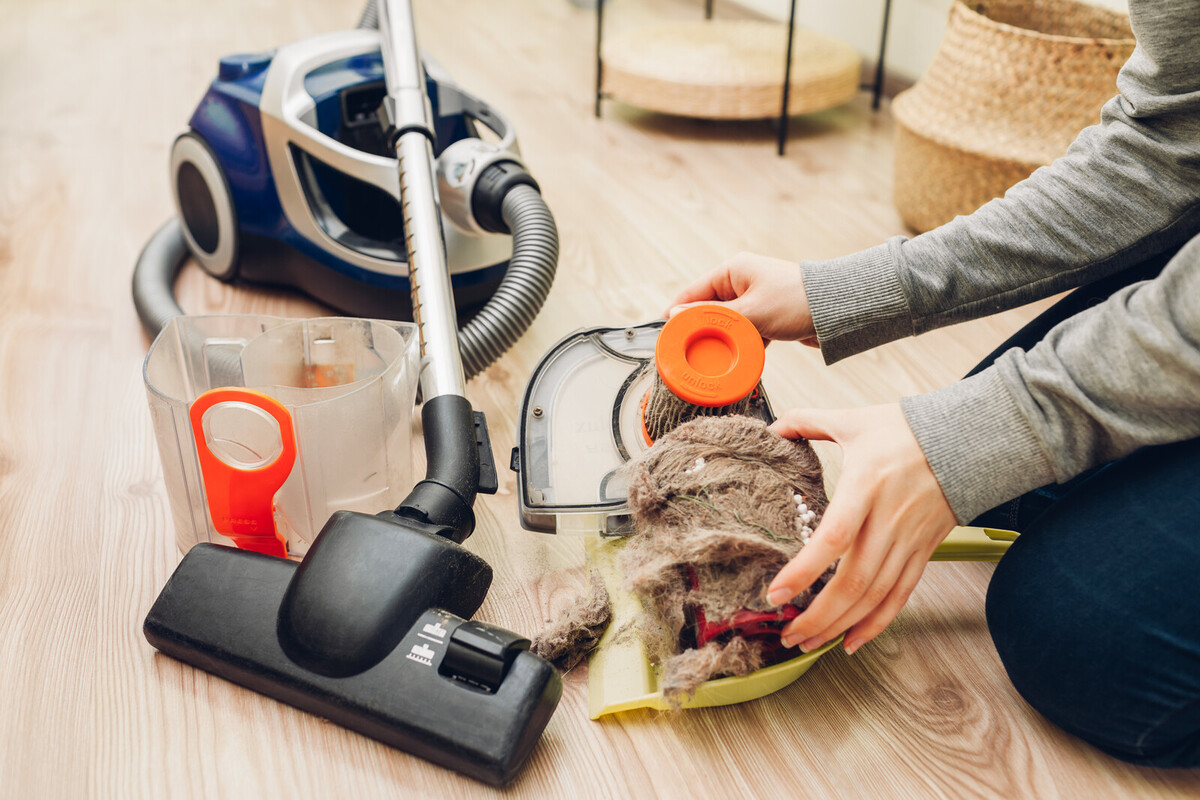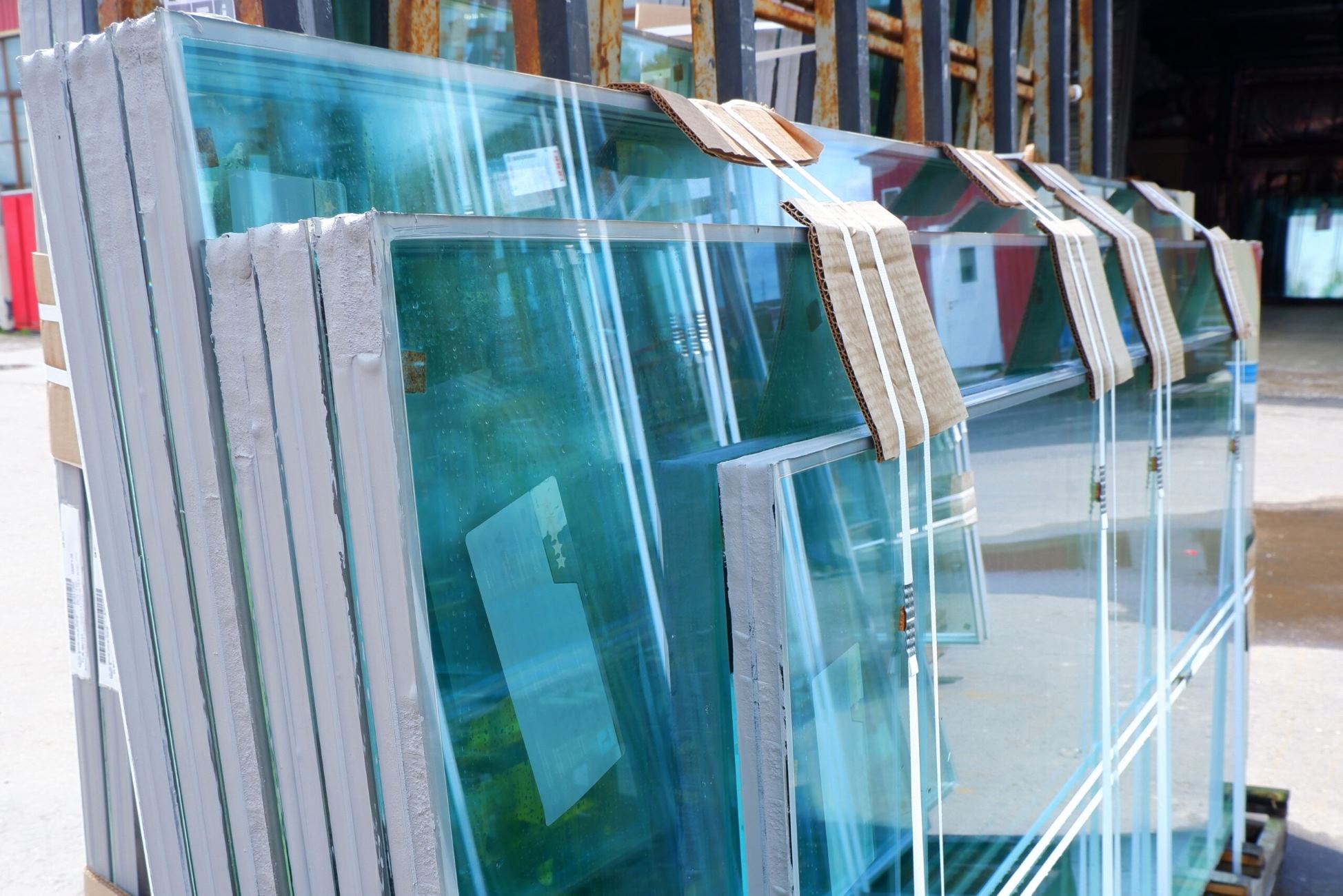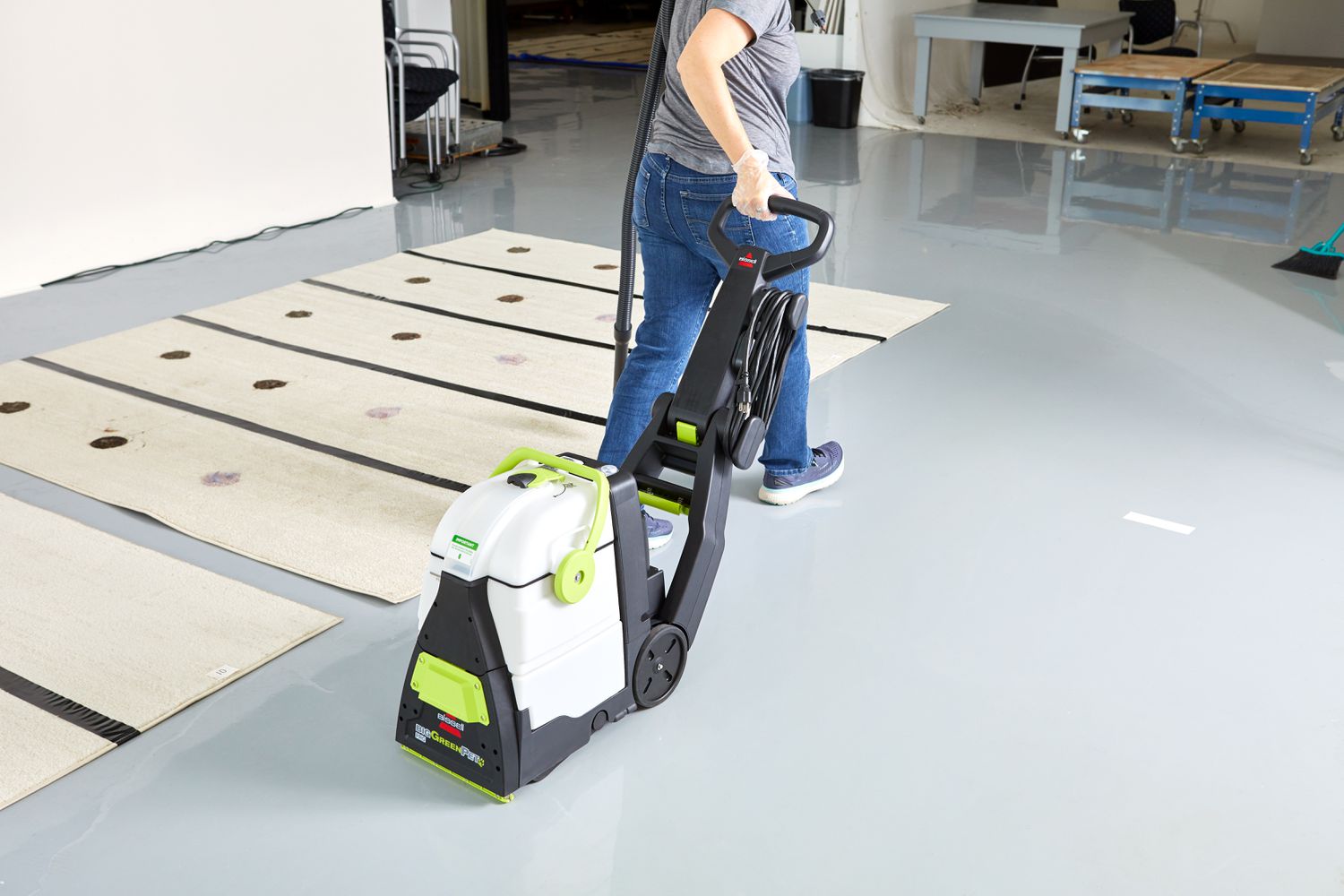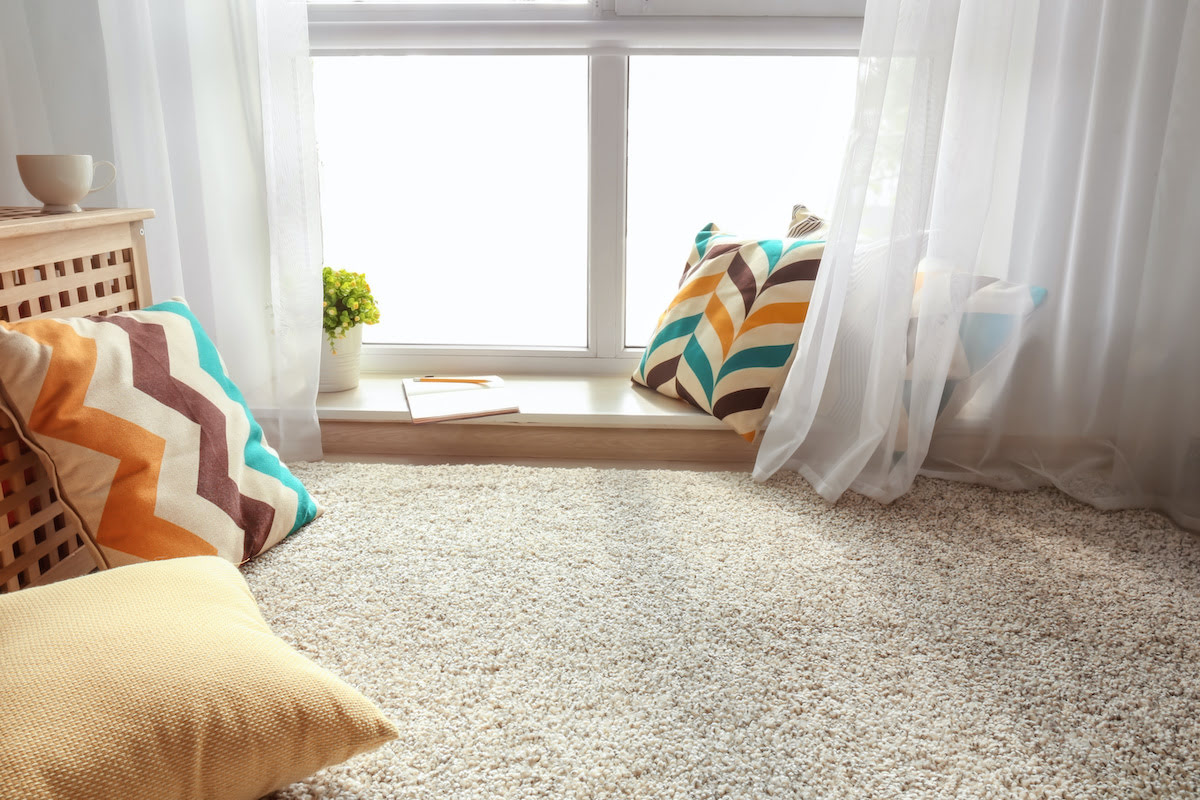

Articles
What Is P.E.T. Carpet
Modified: January 6, 2024
Discover everything you need to know about P.E.T. carpet in our informative articles. Learn about its benefits, care tips, and more.
(Many of the links in this article redirect to a specific reviewed product. Your purchase of these products through affiliate links helps to generate commission for Storables.com, at no extra cost. Learn more)
Introduction
When it comes to choosing the right carpet for your home or office, there are several options available in the market. One such option is P.E.T. carpet, which stands for polyethylene terephthalate. P.E.T. carpet is gaining popularity for its eco-friendly nature and durability.
In this article, we will delve deeper into the world of P.E.T. carpet, exploring its definition, characteristics, manufacturing process, benefits, drawbacks, and maintenance tips. By the end, you will have a comprehensive understanding of P.E.T. carpet and be able to make an informed decision about whether it is the right choice for your flooring needs.
So, let’s dive in and discover what P.E.T. carpet is all about!
Key Takeaways:
- P.E.T. carpet, crafted from polyethylene terephthalate, offers exceptional durability, stain resistance, and environmental sustainability. Its use of recycled materials and minimal water consumption make it an eco-friendly flooring choice.
- When compared to other carpet types, P.E.T. carpet stands out for its resilience, softness, and resistance to fading. It’s a practical and attractive option for high-traffic areas, households with children or pets, and those seeking an environmentally conscious flooring solution.
Read more: What Is P Trap In Plumbing
Definition of P.E.T. Carpet
P.E.T. carpet is a type of carpet made from polyethylene terephthalate, a synthetic polymer that is commonly used in the production of various products, including bottles, containers, and even clothing. This polymer is derived from petroleum and is known for its durability and resistance to staining and fading.
In the carpet manufacturing process, P.E.T. fibers are created by extruding the polymer into small strands. These strands are then twisted or heat-set to create the desired texture and appearance. The fibers are typically tufted or woven into a backing material, such as jute or latex, to form the carpet.
P.E.T. carpet is available in a variety of styles, including plush, textured, and frieze. It can also be found in a wide range of colors and patterns to suit different design preferences.
One of the key features of P.E.T. carpet is its ability to resist stains and fading. The polymer’s inherent resistance to moisture and chemicals makes it less likely to absorb spills and stains, making it a popular choice for homes with children and pets. Additionally, P.E.T. carpet is resistant to UV rays, ensuring that it retains its vibrant colors even with prolonged exposure to sunlight.
Furthermore, P.E.T. carpet is known for its softness and comfort underfoot. The fibers have a fine texture that creates a plush and cozy feel, making it a great option for bedrooms, living rooms, and other areas where comfort is a priority.
Now that you have a clear understanding of what P.E.T. carpet is, let’s explore its characteristics in more detail.
Characteristics of P.E.T. Carpet
P.E.T. carpet possesses several unique characteristics that set it apart from other types of carpet. Understanding these characteristics can help you determine if P.E.T. carpet is the right choice for your flooring needs.
1. Durability: P.E.T. carpet is renowned for its durability. The synthetic polymer fibers are resistant to wear and tear, making them highly suitable for high-traffic areas such as hallways and living rooms. P.E.T. carpet can withstand heavy foot traffic and maintain its quality and appearance for an extended period.
2. Stain Resistance: One of the standout features of P.E.T. carpet is its exceptional stain resistance. The tightly compacted fibers prevent spills from seeping into the carpet, allowing for easier cleanup and reducing the chances of permanent stains. This makes it an excellent choice for households with children, pets, or clumsy individuals.
3. Fade Resistance: P.E.T. carpet exhibits remarkable resistance to fading caused by exposure to sunlight. The synthetic fibers are designed to withstand U.V. rays, ensuring that the carpet’s colors remain vibrant and true for an extended period.
4. Resilience: P.E.T. carpet fibers have excellent resilience, meaning they bounce back to their original shape after being compressed. This attribute helps maintain the carpet’s appearance and prevents it from looking crushed or matted, even in high-traffic areas.
5. Moisture Resistance: P.E.T. carpet has inherent moisture resistance due to the properties of the synthetic polymer. This resistance makes it less likely to absorb liquid spills, reducing the risk of mold and mildew growth. However, it is important to note that while P.E.T. carpet is moisture-resistant, it is not entirely waterproof.
6. Softness: Despite its exceptional durability, P.E.T. carpet maintains a soft and comfortable feel underfoot. The fine fibers create a plush texture that adds a touch of coziness to any room. This characteristic makes P.E.T. carpet a popular choice for bedrooms, family rooms, and areas where comfort is paramount.
Now that you are familiar with the characteristics of P.E.T. carpet, let’s explore the manufacturing process involved in creating this type of carpet.
Manufacturing Process of P.E.T. Carpet
The manufacturing process of P.E.T. carpet involves several stages, starting from the creation of the synthetic polymer fibers to the final production of the carpet itself. Understanding this process can provide insights into the quality and durability of P.E.T. carpet.
1. Polymer Extrusion: The process begins with the extrusion of the polyethylene terephthalate (P.E.T.) polymer. The polymer is melted down and forced through a spinneret, a device with small holes. As the polymer passes through the spinneret, it forms continuous strands of fibers.
2. Fiber Formation: Once the polymer strands are extruded, they are subjected to various treatments to determine the desired texture and appearance. The fibers can be twisted or heat-set to create different styles, such as plush, textured, or frieze. These treatments help shape the fibers and enhance their durability.
3. Tufting or Weaving: After the fiber formation, the individual strands are either tufted or woven. Tufting involves inserting the strands into a backing material, such as jute or latex, to create loops or cut pile. Alternatively, the fibers can be woven together to form a more intricate and sturdy construction.
4. Backing Application: Once the tufting or weaving process is complete, a secondary backing material is typically applied to the underside of the carpet. This backing provides additional stability and helps prevent the carpet from stretching or shifting over time.
5. Finishing: The final step in the manufacturing process involves finishing touches, such as shearing the fibers to create an even and uniform appearance. The carpet is also inspected for quality control, ensuring that it meets the necessary standards before being packaged and shipped for distribution.
It is important to note that the manufacturing process may vary among different manufacturers. However, these general steps provide an overview of the process involved in creating P.E.T. carpet.
Now that you understand the manufacturing process, let’s explore the benefits of choosing P.E.T. carpet for your flooring needs.
Benefits of P.E.T. Carpet
P.E.T. carpet offers several benefits that make it an attractive choice for homeowners and businesses alike. Here are some of the key advantages of opting for P.E.T. carpet for your flooring needs:
- Durability: P.E.T. carpet is known for its exceptional durability. The synthetic fibers are highly resistant to wear and tear, making it suitable for high-traffic areas. It can withstand the demands of a busy household or commercial space, maintaining its quality and appearance for years to come.
- Stain Resistance: P.E.T. carpet is inherently resistant to stains. The tightly compacted fibers prevent spills from penetrating and absorbing into the carpet, making it easier to clean up accidents and reducing the risk of permanent stains. This is particularly beneficial for households with children, pets, or frequent entertaining.
- Fade Resistance: P.E.T. carpet is designed to withstand prolonged exposure to sunlight, ensuring that its vibrant colors remain intact. The fibers are resistant to U.V. rays, making it an ideal choice for areas with large windows or direct sunlight.
- Easy Maintenance: P.E.T. carpet is relatively low-maintenance compared to other types of carpet. It does not require frequent deep cleaning and can be easily maintained with regular vacuuming and occasional spot cleaning. This saves time and effort, making it a convenient choice for homeowners with a busy lifestyle.
- Soft and Comfortable: Despite its durability, P.E.T. carpet maintains a soft and comfortable feel underfoot. The fine fibers create a plush texture that adds warmth and coziness to any room. It provides a comfortable surface for walking, sitting, or playing on, making it especially suitable for bedrooms and living areas.
- Eco-Friendly: P.E.T. carpet is considered an eco-friendly choice as it is made from recycled materials. Many manufacturers use recycled plastic bottles to create the synthetic fibers, reducing waste and environmental impact. By choosing P.E.T. carpet, you are making a sustainable choice for your home or office.
These benefits collectively make P.E.T. carpet a popular option for those seeking a durable, stain-resistant, and environmentally-friendly flooring solution. However, it’s important to also consider the potential drawbacks of P.E.T. carpet before making a final decision.
Next, let’s explore some of the drawbacks of P.E.T. carpet to ensure a well-rounded understanding of this carpeting option.
When choosing P.E.T. carpet, look for options with a high density and twist level for better durability and stain resistance. Regular vacuuming and prompt stain cleaning can also help maintain its appearance.
Read more: What Is O&P In Construction
Drawbacks of P.E.T. Carpet
While P.E.T. carpet offers several advantages, it’s important to consider the potential drawbacks before making a decision. Here are some of the key drawbacks associated with P.E.T. carpet:
- Limited Color Choices: Compared to other types of carpet, P.E.T. carpet may have limited color options. This is because the manufacturing process can affect the ability to achieve certain shades or patterns. However, modern advancements have expanded the color range available for P.E.T. carpet.
- Prone to Crushing: Despite its resilience, P.E.T. carpet can be prone to crushing or matting over time, especially in high-traffic areas. Regular vacuuming and periodic professional cleaning can help alleviate this issue, but it is still something to consider when choosing P.E.T. carpet.
- Less Luxurious Appearance: While P.E.T. carpet offers comfort and durability, it may not provide the same luxurious appearance as some other carpet types. The synthetic nature of the fibers can result in a slightly less plush or luxurious feel underfoot.
- Not Suitable for Moist Areas: While P.E.T. carpet is moisture-resistant, it is not entirely waterproof. It is not recommended for areas with excessive moisture, such as bathrooms or basements. In such areas, alternative flooring options may be more suitable.
- Higher Initial Cost: P.E.T. carpet may have a slightly higher initial cost compared to some other carpet types. This can be attributed to the advanced manufacturing techniques and the use of recycled materials in its production. However, the long-term durability and stain resistance of P.E.T. carpet can offset this higher initial investment.
It is essential to balance the benefits and drawbacks of P.E.T. carpet and consider your specific needs and preferences when making a decision. Despite these potential drawbacks, many homeowners find that the benefits of P.E.T. carpet outweigh any limitations.
Now that you are aware of the potential drawbacks, let’s compare P.E.T. carpet with other types of carpet to give you a better perspective.
Comparison of P.E.T. Carpet with other Carpet Types
When choosing the right carpet for your space, it’s important to compare different carpet types to determine which one best suits your needs. Here’s a comparison between P.E.T. carpet and other commonly used carpet types:
P.E.T. Carpet vs. Nylon Carpet:
- Durability: Both P.E.T. carpet and nylon carpet are durable options, but nylon is generally considered to be the most durable and resilient of the two.
- Stain Resistance: P.E.T. carpet has superior stain resistance compared to nylon carpet. The synthetic fibers in P.E.T. carpet are intrinsically resistant to absorbing spills, while nylon carpet may require stain treatment.
- Appearance: Nylon carpet offers a wider range of color options and a more luxurious appearance compared to P.E.T. carpet.
- Cost: P.E.T. carpet tends to have a lower price point compared to nylon carpet, making it a more budget-friendly option.
P.E.T. Carpet vs. Polyester Carpet:
- Durability: Both P.E.T. carpet and polyester carpet are durable options, but polyester may have a shorter lifespan compared to P.E.T. carpet due to its lower resilience.
- Stain Resistance: P.E.T. carpet has superior stain resistance, as the synthetic fibers are tightly compacted and more resistant to spills. Polyester carpet may require more frequent stain treatment.
- Appearance: Similar to nylon carpet, polyester carpet offers a wide range of color options and a luxurious appearance, while P.E.T. carpet may have a slightly less plush look.
- Cost: P.E.T. carpet typically has a similar or slightly higher price point compared to polyester carpet.
P.E.T. Carpet vs. Olefin (Polypropylene) Carpet:
- Durability: P.E.T. carpet is generally more durable than olefin carpet, which can be susceptible to crushing and matting.
- Stain Resistance: P.E.T. carpet has superior stain resistance compared to olefin carpet. Olefin fibers are more prone to staining and may require more frequent cleaning.
- Appearance: P.E.T. carpet has a slightly more luxurious appearance compared to olefin carpet, which can sometimes have a slightly coarse texture.
- Cost: P.E.T. carpet typically has a similar or slightly higher price point compared to olefin carpet.
By comparing P.E.T. carpet with other carpet types, you can determine which one aligns best with your preferences for durability, stain resistance, appearance, and budget.
Now, let’s move on to exploring maintenance and cleaning tips for P.E.T. carpet to ensure it remains in optimal condition for years to come.
Maintenance and Cleaning Tips for P.E.T. Carpet
To keep your P.E.T. carpet looking its best and prolong its lifespan, it’s important to follow proper maintenance and cleaning practices. Here are some essential tips to help you maintain and clean your P.E.T. carpet:
- Vacuum regularly: Regular vacuuming is crucial to remove loose dirt, dust, and debris from the carpet. Aim to vacuum your P.E.T. carpet at least once a week, or more frequently in high-traffic areas. Use a vacuum cleaner with a beater brush or rotating brush to ensure effective cleaning.
- Attend to spills promptly: If you experience a spill or stain on your P.E.T. carpet, address it immediately. Blot the affected area with a clean cloth or paper towel to absorb the spill. Avoid rubbing, as it can spread the stain and push it deeper into the fibers. Use a mild carpet cleaner or a mixture of water and vinegar, following the manufacturer’s instructions, to treat the stain.
- Avoid using harsh chemicals: When cleaning your P.E.T. carpet, avoid using harsh chemicals or bleach, as they can damage the carpet fibers. Stick to gentle carpet cleaning solutions specifically designed for synthetic carpets.
- Use doormats or entryway rugs: Place doormats or entryway rugs at the entrances of your home or office to prevent dirt, moisture, and debris from being tracked onto your P.E.T. carpet. This can help reduce the amount of dirt and stains that accumulate on the carpet’s surface.
- Rotate furniture: To prevent uneven wear and indentations, periodically rearrange your furniture or use furniture coasters to distribute the weight and pressure on your P.E.T. carpet.
- Professional cleaning: While regular vacuuming and spot cleaning are sufficient for day-to-day maintenance, it is recommended to have your P.E.T. carpet professionally cleaned every 12 to 18 months or as needed. Professional cleaning can help remove deeply embedded dirt and revive the appearance of your carpet.
- Protect from direct sunlight: Prolonged exposure to direct sunlight can cause fading and discoloration of your P.E.T. carpet. Consider using window treatments or UV-protective films to minimize the impact of sunlight on your carpet.
By following these maintenance and cleaning tips, you can ensure that your P.E.T. carpet remains in optimal condition and retains its durability and appearance over time.
Now, let’s explore the environmental impact of P.E.T. carpet and its sustainability credentials.
Environmental Impact of P.E.T. Carpet
One of the significant advantages of P.E.T. carpet is its positive environmental impact compared to other types of carpet. P.E.T. carpet is known for its sustainability and contribution to reducing waste. Here’s a closer look at the environmental aspects of P.E.T. carpet:
- Recycled Materials: P.E.T. carpet is often made from recycled materials, specifically post-consumer plastic bottles. These bottles are collected, processed, and transformed into synthetic fibers used in the manufacturing of P.E.T. carpet. By repurposing these bottles, P.E.T. carpet helps reduce the amount of plastic waste ending up in landfills.
- Energy Efficiency: The production process of P.E.T. carpet consumes less energy compared to other carpet types. The extrusion and tufting processes involved in manufacturing P.E.T. carpet require relatively lower energy inputs, contributing to lower carbon emissions and less environmental impact.
- Reduced Water Usage: P.E.T. carpet manufacturing uses less water compared to other carpet types. This is because the production process does not require excessive water usage for dyeing or other treatments. As water scarcity becomes a growing global concern, opting for P.E.T. carpet helps conserve this valuable resource.
- Chemical Reduction: P.E.T. carpet minimizes the need for chemical treatments in comparison to some other carpet types. The inherent stain resistance of P.E.T. fibers reduces the reliance on chemical stain protectors or treatments, resulting in a reduced use of potentially harmful chemicals in carpet maintenance.
- Sustainability Certifications: Many manufacturers of P.E.T. carpet have obtained certifications that validate their commitment to sustainability and environmental responsibility. Look for certifications such as Green Label Plus, Cradle to Cradle, or LEED certification to ensure that the P.E.T. carpet you choose meets specific environmental and health criteria.
By opting for P.E.T. carpet, you are making a conscious choice towards reducing waste, conserving resources, and minimizing environmental impact. However, it’s important to note that the overall environmental impact also depends on factors such as transportation, installation, and end-of-life disposal practices. Responsible installation and proper disposal or recycling of old carpeting further contribute to the sustainability of P.E.T. carpet.
Now, let’s conclude our exploration of P.E.T. carpet and recap the key points we’ve covered.
Conclusion
P.E.T. carpet, made from polyethylene terephthalate, offers a unique combination of durability, stain resistance, and environmental sustainability. Throughout this article, we have explored the definition, characteristics, manufacturing process, benefits, drawbacks, and maintenance tips for P.E.T. carpet.
P.E.T. carpet stands out for its exceptional durability, making it suitable for high-traffic areas in both residential and commercial settings. Its stain resistance properties make it an excellent choice for households with children or pets, as it can withstand spills and is easy to clean. Additionally, P.E.T. carpet’s resistance to fading, resilience, and softness add to its appeal as a comfortable and attractive flooring option.
The manufacturing process of P.E.T. carpet involves extruding synthetic polymer fibers and tufting or weaving them into a backing material. This process results in a carpet that is not only durable but also environmentally friendly. P.E.T. carpet is often crafted from recycled materials, such as plastic bottles, reducing landfill waste and conserving resources.
While P.E.T. carpet offers numerous benefits, it is important to consider its limitations, such as potential color limitations and the need for regular vacuuming and professional cleaning. Comparing P.E.T. carpet with other carpet types can help you make an informed decision that aligns with your preferences and requirements.
Maintaining and cleaning P.E.T. carpet is relatively simple, involving regular vacuuming, prompt stain treatment, and occasional professional cleaning. By following these maintenance practices, you can ensure that your P.E.T. carpet remains in optimal condition and retains its durability and appearance over time.
From an environmental standpoint, P.E.T. carpet stands out as a sustainable choice. Its use of recycled materials, minimal water consumption, reduced chemical treatments, and energy-efficient manufacturing contribute to its positive environmental impact.
In conclusion, P.E.T. carpet is an excellent flooring option for those seeking a durable, stain-resistant, and environmentally-friendly solution. It combines functionality, aesthetics, and sustainability, making it a fitting choice for various spaces and lifestyles.
Now that you are equipped with a comprehensive understanding of P.E.T. carpet, you can confidently make an informed decision about whether it is the right choice for your flooring needs.
Frequently Asked Questions about What Is P.E.T. Carpet
Was this page helpful?
At Storables.com, we guarantee accurate and reliable information. Our content, validated by Expert Board Contributors, is crafted following stringent Editorial Policies. We're committed to providing you with well-researched, expert-backed insights for all your informational needs.
